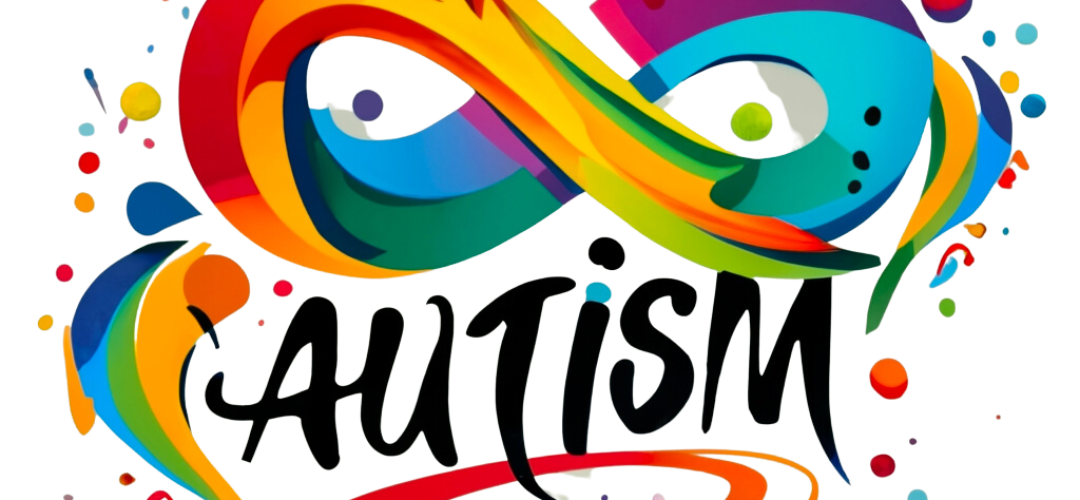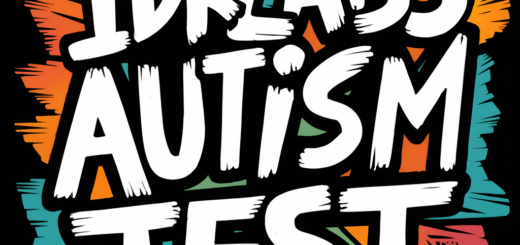Can You Really “See” Autism? 5 Surprising Truths Science and AI Are Uncovering

Facial Recognition and Autism Spectrum Disorder: Can AI Detect Autism Through Facial Features?
TL;DR: While facial recognition and autism spectrum disorder research shows AI can detect autism with 96% accuracy through facial features and micro-expressions, ethical concerns remain about facial phenotyping technology. This comprehensive guide explores the science, applications, and controversies surrounding facial recognition technology for autism detection.
Quick Navigation
Can Facial Recognition Technology Detect Autism Spectrum Disorder?
The relationship between facial recognition and autism spectrum disorder is complex and evolving. While traditional diagnostic criteria for autism spectrum disorder (ASD) focus on behavioral, communication, and social interaction patterns rather than physical appearance, recent advances in AI and facial recognition technology are revealing subtle but consistent facial patterns in autistic individuals.
“The truth is, autism does not have specific facial features that can diagnose the condition. Autism is a developmental difference, and its signs are seen in behavior, communication, and social interaction, not in physical appearance.”
However, emerging research using advanced facial recognition technology for autism detection suggests that subtle facial patterns may exist as downstream effects of the same neurodevelopmental processes that shape the autistic brain during embryonic development.
Facial Features Associated with Autism Spectrum Disorder
Research into autism spectrum disorder facial characteristics has identified several subtle patterns using precise 2D and 3D facial imaging technology:
Common Facial Patterns in Autism Research
- Broader upper face and wider-set eyes (orbital hypertelorism)
- Shorter middle face area including cheeks and nose region
- Wider mouth and distinct philtrum (groove above upper lip)
- Decreased facial midline height
- Subtle asymmetries in facial structure
Important Note: These facial features in autism represent group averages, not diagnostic criteria for individuals. Many neurotypical people have these features, and many autistic individuals do not exhibit them.
AI Technology and Facial Recognition for Autism Detection
Artificial intelligence facial recognition for autism represents a breakthrough in diagnostic technology. Modern AI systems using Convolutional Neural Networks (CNNs) can detect patterns invisible to the human eye.
AI Detection Accuracy Rates
| AI Model Type | Accuracy Rate | Study Year |
|---|---|---|
| Deep Learning CNNs | 86-95% | 2022 |
| Xception Neural Network | 96.63% AUC | 2023 |
| Multi-modal AI Systems | 90-94% | 2024 |
These AI autism detection systems analyze thousands of facial photographs to identify complex, multi-dimensional signatures associated with autism spectrum disorder. The technology aims to create objective, non-invasive tools to aid clinicians rather than replace professional diagnosis.
Facial Expression Differences in Autism Spectrum Disorder
Beyond static facial structure, facial expression analysis in autism reveals significant differences in dynamic facial movements and micro-expressions.
Micro-Movement Research Findings
Groundbreaking research from Rutgers University introduced the concept of “micromovements” – microscopic facial muscle movements vital for conveying emotion. Key findings include:
- Reduced micro-movement intensity in autistic individuals
- Preserved genuine emotion with different physical expression patterns
- Communication disconnects between autistic and neurotypical individuals
- Misinterpretation of expressions despite genuine emotional content
“The challenge isn’t a lack of expression. Instead, their intensity falls outside what neurotypical individuals are accustomed to perceiving. This means we are quite literally missing each other’s social cues.” – Elizabeth Torres, Lead Researcher
Ethical Concerns of Facial Recognition Technology for Autism
The development of facial phenotyping for autism raises significant ethical considerations that must be carefully addressed.
Historical Context and Concerns
Critics highlight troubling historical parallels with the misuse of photography to advance eugenic practices around race, ethnicity, and intellectual disability. Key ethical concerns include:
- Stigmatization risks from automated identification
- Privacy concerns regarding facial data collection
- Discrimination potential in employment or education
- Consent issues for vulnerable populations
- Accuracy limitations across diverse populations
The tension between early intervention benefits and neurodiversity acceptance requires careful navigation to ensure ethical AI development for autism detection.
How Autistic Individuals Process Faces Differently
Eye-tracking studies reveal fascinating differences in how autistic individuals visually process faces, adding another dimension to facial recognition and autism spectrum disorder research.
Gaze Pattern Differences
Neurotypical Gaze Patterns
- Fixation on nose region
- Holistic face processing
- Centralized viewing strategy
- Instantaneous recognition
Autistic Gaze Patterns
- Less face-centered fixation
- Feature-by-feature processing
- Local detail focus
- More cognitive effort required
This fundamental difference in visual processing strategy helps explain why face processing can be more cognitively demanding for individuals on the autism spectrum – it’s not a failure to see, but a different way of seeing.
Applications and Benefits of Facial Recognition Technology
When developed and implemented ethically, facial recognition technology for autism offers several potential benefits:
- Early detection and intervention opportunities
- Objective assessment tools to support clinical diagnosis
- Population screening capabilities for underserved communities
- Research advancement in understanding autism neurodevelopment
- Reduced diagnostic delays in healthcare systems
Frequently Asked Questions About Facial Recognition and Autism
Can facial recognition technology accurately diagnose autism?
No, facial recognition and autism spectrum disorder technology cannot independently diagnose autism. AI systems achieve 86-96% accuracy in research settings, but they serve as support tools for clinicians rather than replacement diagnostic methods. Professional behavioral assessment remains the gold standard for autism diagnosis.
What facial features are associated with autism?
Research has identified subtle facial features in autism including broader upper faces, wider-set eyes, shorter middle faces, and distinct philtrum characteristics. However, these are group statistical averages, not individual diagnostic markers.
Is facial recognition technology for autism ethical?
The ethics of facial phenotyping for autism remain debated. While the technology offers potential benefits for early intervention, concerns about privacy, stigmatization, and historical misuse of facial categorization require careful consideration and robust ethical frameworks.
How accurate is AI in detecting autism through facial analysis?
Current AI autism detection systems demonstrate 86-96% accuracy in controlled research environments. The Xception neural network achieved a 96.63% AUC score, indicating high discrimination ability between autistic and neurotypical facial patterns.
Do all autistic people have distinctive facial features?
No, not all autistic individuals exhibit the subtle autism spectrum disorder facial characteristics identified in research. These features represent statistical trends across groups, not universal traits of autism.
Conclusion: The Future of Facial Recognition and Autism Research
The intersection of facial recognition and autism spectrum disorder research represents both remarkable scientific advancement and significant ethical responsibility. While AI technology can detect autism-related facial patterns with impressive accuracy, the path forward requires balancing early intervention benefits with neurodiversity acceptance and privacy protection.
As this technology continues developing, the autism community, researchers, and policymakers must work together to ensure facial recognition technology for autism serves to build understanding and support rather than create new barriers or stigmatization.
The question isn’t simply whether we can see autism in faces – it’s how we can use this knowledge responsibly to create a more inclusive and supportive world for all individuals on the autism spectrum.


